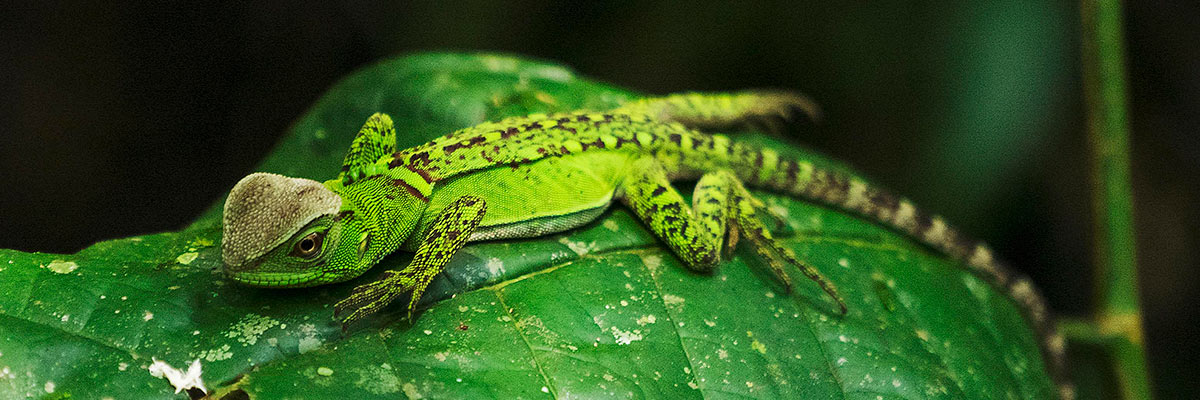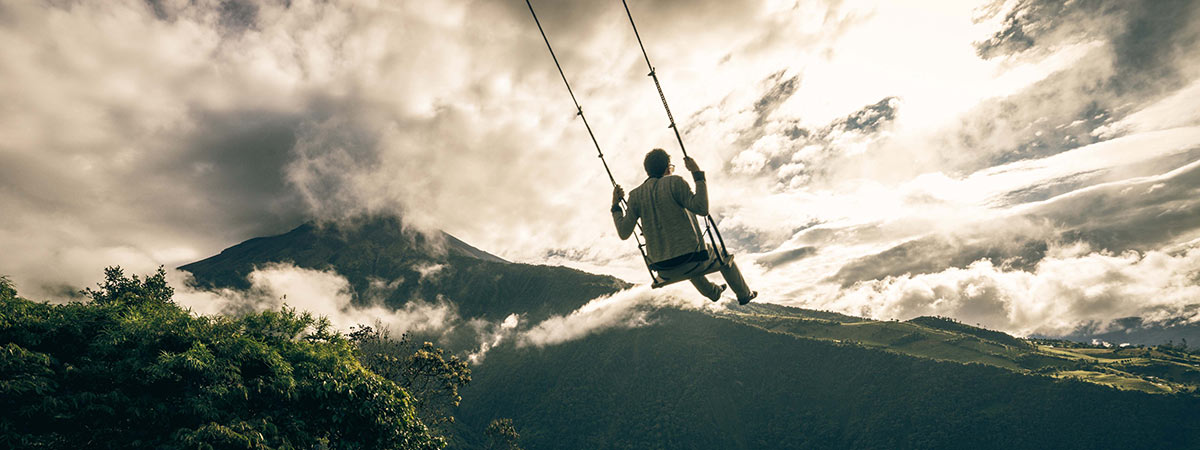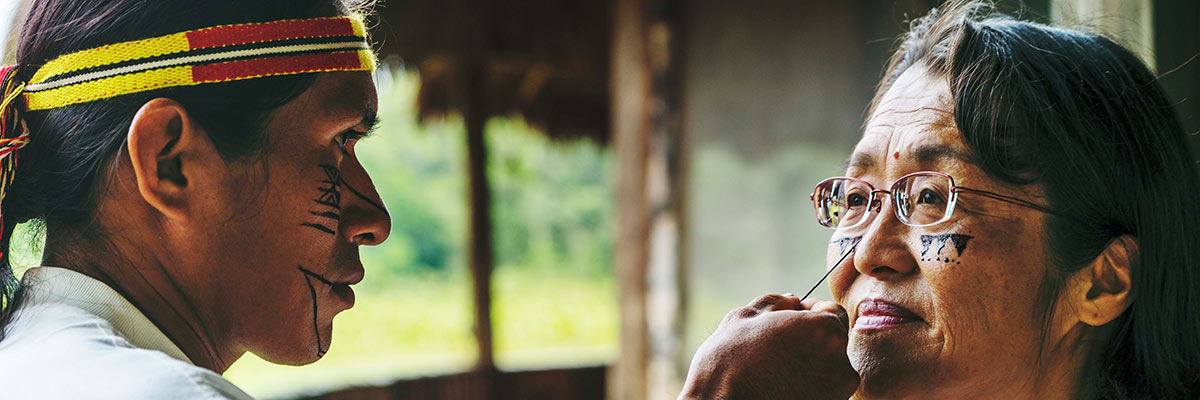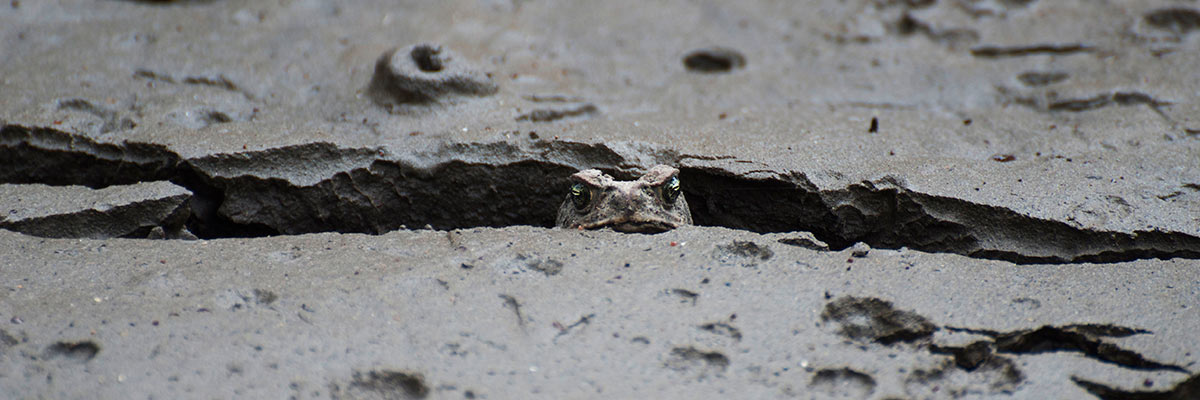Ecuador is by no means a big guy. You could make 35 copies of it and just barely have enough to cover the same amount of space that the United States takes up. The smallness of Ecuador is what makes it such an amazing travel destination. Within these very small borders is a bigger world than most people likely anticipate. The Galapagos Islands of Ecuador and the Amazon River and Rainforest get a significant amount of focus, (and for completely justifiable reasons), but even beyond these two icons, there is an incredible amount of diversity waiting to be unraveled and traveled.
What’s Wild in Ecuador
If we are exploring diversity, there are really two sides to the coin: natural diversity (that is, ecosystems, wildlife, topography, and so on) and cultural diversity, or the various influence of different social groups that coalesce in Ecuador. Let’s first examine the world of uncanny natural diversity or biodiversity that Ecuador contains.
The Natural World
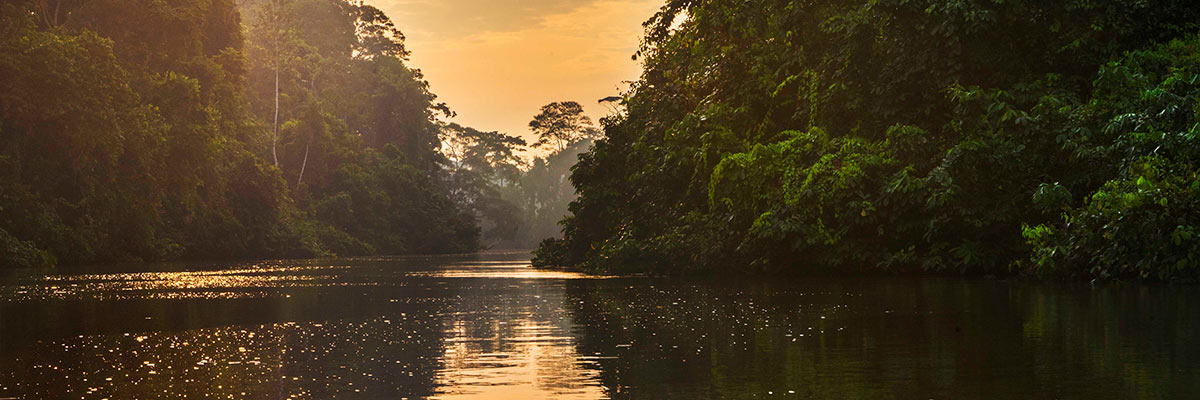
The Amazon River
Ecuador accounts for .002 percent (roughly) of the landmass of the world, yet contains almost one fifth of all known bird species. To put that in perspective, if you were to take a hike along the Amazon River in Ecuador, you would literally trip on colorful birds and then fall down, only to have your fall broken by more colorful birds. The Galapagos Islands (and the mainland, for that matter) have a privileged location in the neotropics, which is part of what makes this biodiversity possible. In addition, the huge variation in elevation and various ecosystems makes for a superabundance of “microclimates”, which allow for huge numbers of variations in life in a small amount of space. The Amazon River and Rainforest will have totally different weather from the various peaks and valleys formed by the Andes Mountains in Ecuador. These will be different still, from the Galapagos Islands, yet all of these places are accessible from one another within the scope of a day.
I’ll save everyone from bragging on behalf of the Ecuador Amazon Rainforest and River (a thing I have done on a few other blogs already), but let’s be clear: there really is no comparison on earth for abundance of life and variation of life to the Amazon Rainforest. From Pink River Dolphins to Macaws and everything in between (and the potentially unlimited number of species we haven’t even catalogued yet) one could easily spend months in Ecuador observing the wildlife.
But take a short drive to the Andes Mountains, and all the sudden the dense thicket of the Amazon Rainforest gives way to a different world. From lichen-filled cloud-forests to thermal baths and mountain lakes that surround active volcanos, a wildly different world exists just next door. The changes in elevation and climate make possible habitats for the spectacular (and endangered) Andean Condor, Andean spectacled bear, andean fox, and of course, the occasional llama. In addition, the Andes Mountains in Ecuador also harbor Cotopaxi, the highest active volcano on the planet, which is a sight unto itself.Then as you travel farther west, things change drastically again as the coastal lowlands come into focus. Most notably, the coast is rife with Mangrove trees. These guys are incredibly important to Ecuador (and to the world, for that matter) because they protect the coastline from erosion. In addition, they harbor thousands of species of frogs, fish, crustaceans, and other creatures in their complex root systems. If you’ve never seen a mangrove swamp, imagine what a root system of 1,000 trees would look like if MC Escher drew it. Other parts of the coast of Ecuador have crystalline blue waters and golden sand stretching into the horizon. From here, whale watching is possible for much of the year, and if you’ve ever wanted to see a blue whale, the biggest living animal on earth, this would be the place to go on a tour.
All this within the span of a few hundred miles, and it is pretty easy to see why Ecuador is so exceptional. Given that we haven’t even touched on the Galapagos Islands and the whole world that exists there, you can see why Ecuador travel and tours are exceptional.
The Cultural World of Ecuador
The other side of the wild world in Ecuador is the amazing diversity of the cultural, architectural, and otherwise “constructed” world of Ecuador. Within the boundaries of the country there are 14 national languages. This points to a great variation in identity and diversity of people.
Cities like Quito and Guayaquil represent a large mestizo population (a person of combined european and amerindian heritage), but much of the country has various european, african, and native influences. Traveling in Ecuador can, at times, feel like traveling through several countries in a short span of time.
When traveling in Ecuador outside urban areas, it is easy to see that the various native populations are much more widely represented. Indeed, whereas the about 1.5 percent of the US population is Native American, in Ecuador, the native population is closer to 7 percent. Many groups still maintain a significant amount of their original cultural practices. The Quechua, who still occupy space in a few of the south-central provinces still maintain their language, and many still dress in clothing that they have worn for centuries (if not millenniums). Some groups live even more traditionally, such as the Achuar. The Achuar live in the Amazon Rainforest and along the Amazon River and have very little contact with the outside world. For centuries they have dwelled there, relatively undisturbed, and to witness something so untethered to the practices and conventions we’re accustomed to is sort of unbelievable.
Travel through the Andes Mountains to the north of Ecuador and you’ll reach the province of Esmereldas, almost entirely the domain of the Afro-Ecuadorians. Comprising about 7 percent of the population but residing primarily in this province, the black population of Ecuador exists in what is almost like it’s own country with distinctly unique music (marimba!) and traditions. In the last few years, travelers in Ecuador have been visiting Esmereldas more regularly for the warm hospitality and excellent beaches.
Within the cities themselves are wild fluctuations of atmosphere. Quito feels like a spanish colonial city that is set in the Andes Mountains. It bustles with bohemian culture amidst historic architecture and is a smorgousboard for different cultures, foods, and lifestyles.
Okay, so when should I go?
So presumably you are now foaming at the mouth to get on a plane and travel to Ecuador. You plan to visit the Andes Mountains, the Amazon River, and cruise through the Galapagos. But when should you go? A fine question, indeed.
Go in May.
May means that you’ll be out of the wet season in the Andes Mountains, less wet in the Amazon Rainforest (it is a rainforest, after all) and the water will be warm enough in the Galapagos Islands that you’ll be able to snorkel comfortably, which is a big reason to tour the Galapagos Islands in the first place. Plus, if you go in May (or around May) you’ll be able to avoid peak-season. (around September or December)
And there you have it! If you’re looking to maximize your time abroad, you might as well visit a country that feels like at least nine countries. You won’t regret it!
Embark on an eco-footprint travel adventure, where sustainability meets exploration, minimizing environmental impact while maximizing cultural immersion. Discover breathtaking destinations while actively contributing to the preservation of our planet’s natural wonders.


